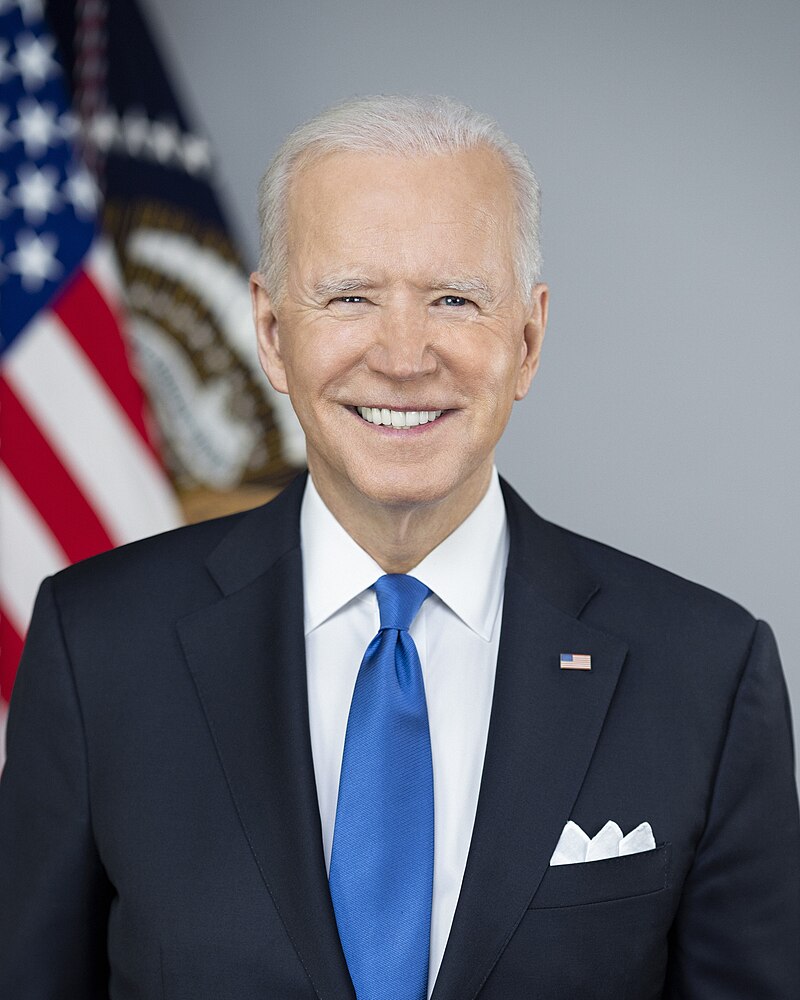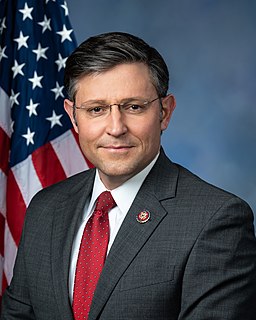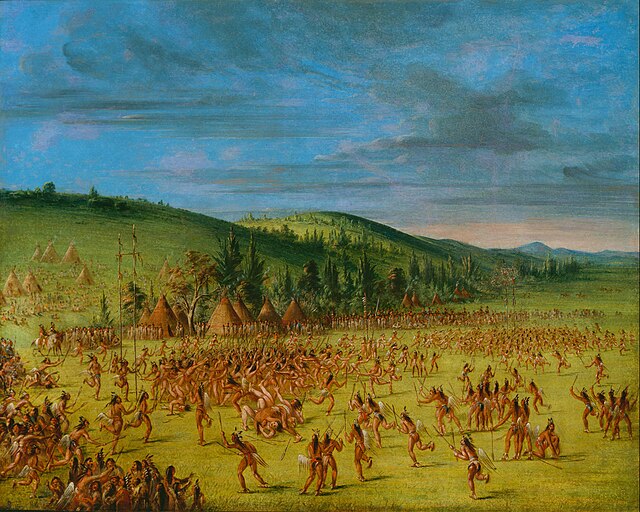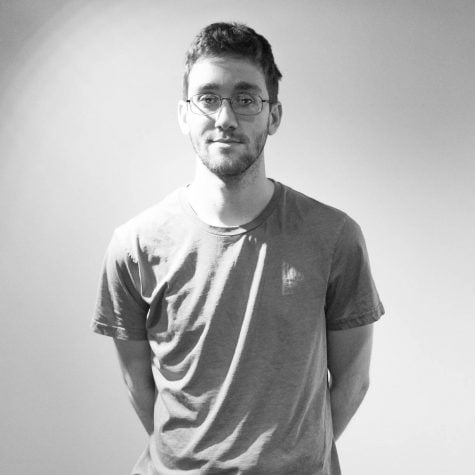Nov. 9 has long been a day of political upheaval in modern German history.
On Nov. 9, 1918, the imperial monarchy that led the nation during World War I was overthrown, eventually replaced by the democratic Weimar Republic. The same day in 1923 saw Adolf Hitler attempt his infamous Beer Hall Putsch, whose subsequent failure to seize power in Munich set the Nazi movement back a decade. Fifteen years later, Nov. 9, 1938, becomes tragically known as Kristallnacht, or the Night of Broken Glass, a name that references the aftermath of a two day attack against Jews and Jewish-owned buildings.
Indeed, Nov. 9 is sometimes referred to as Schicksalstag or “fateful day.” Today, it remains on the minds of Germans because of another year and another story:
Ostdeutschland und Westdeutschland.
For those under a certain age, life before a unified Germany is impossible to imagine. But for others, the notion that the Berlin Wall would ever fall was unthinkable during the Cold War.
“I saw it on TV,” said Achim Link, a Munich native and 13-year resident of Berlin. “That was ’89.”
In 1989, the German Democratic Republic struggled with the pressures of both democracy and socialism. The series of glasnost and perestroika reforms made by the Soviet Union under Mikhail Gorbachev spurred the Eastern Bloc to steer away from communism. Citizens of East Germany, however, were still under the party’s authoritarian rule.
“The year before, in ’88, we went to Dresden in East Germany,” Link said. “The immigration procedure was so tough, even for westerners to go to the East.”
Since the late 1940s, the United States and the Soviet Union had been locked in a global arms race and a fierce ideological battle. The two German states were a microcosm of the conflict.
No one believed that East and West Germany could reconcile their differences. But over the course of a day, that changed.
“I thought the extraordinary might take place,” said Leo Brux, a Munich native and professor of German and political science for Guilford’s study abroad program.
He, like millions of others across the world, saw the events unfold on television on Nov. 9, 1989.
Following an announcement by Günter Schabowski, East Germans were allowed to travel to the West with some regulations. But, as crowds gathered at the border crossings demanding entry into West Berlin, Stasi officer Harald Jäger decided to open the gates at Bornholmer Straße to everyone.
“Suddenly, it really happens,” said Brux. “The door really opens.”
The ensuing celebration on the Berlin Wall in front of the Brandenburg Gate signaled the beginning of the end of the Cold War.
A quarter century after the fall of the Wall, the mindset of Germans has naturally drifted away from the Cold War. Where the national identity rests now is complex.
“You used to be able to tell who was West and East by their different behavior,” said Link. “Now it’s not like that anymore.”
East and West Germans are similar, yet still different. Their political parties and values conflict on the national stage, but they have proudly shared 25 years of unification.
“Today’s generation doesn’t think in terms of division,” said Link. “They definitely think in terms of a nation, if not all of Europe.”
Gone are the concrete walls, the barbed wire and the checkpoints. Today, Germany has the fourth largest economy on the planet and is a strong leader in the European Union.
Most importantly, Germany today is a nation of determined people, regardless of location. Brux summed up this sentiment when talking about the events of Schicksalstag in 1989. “When the people want it, what can you do against it?”







